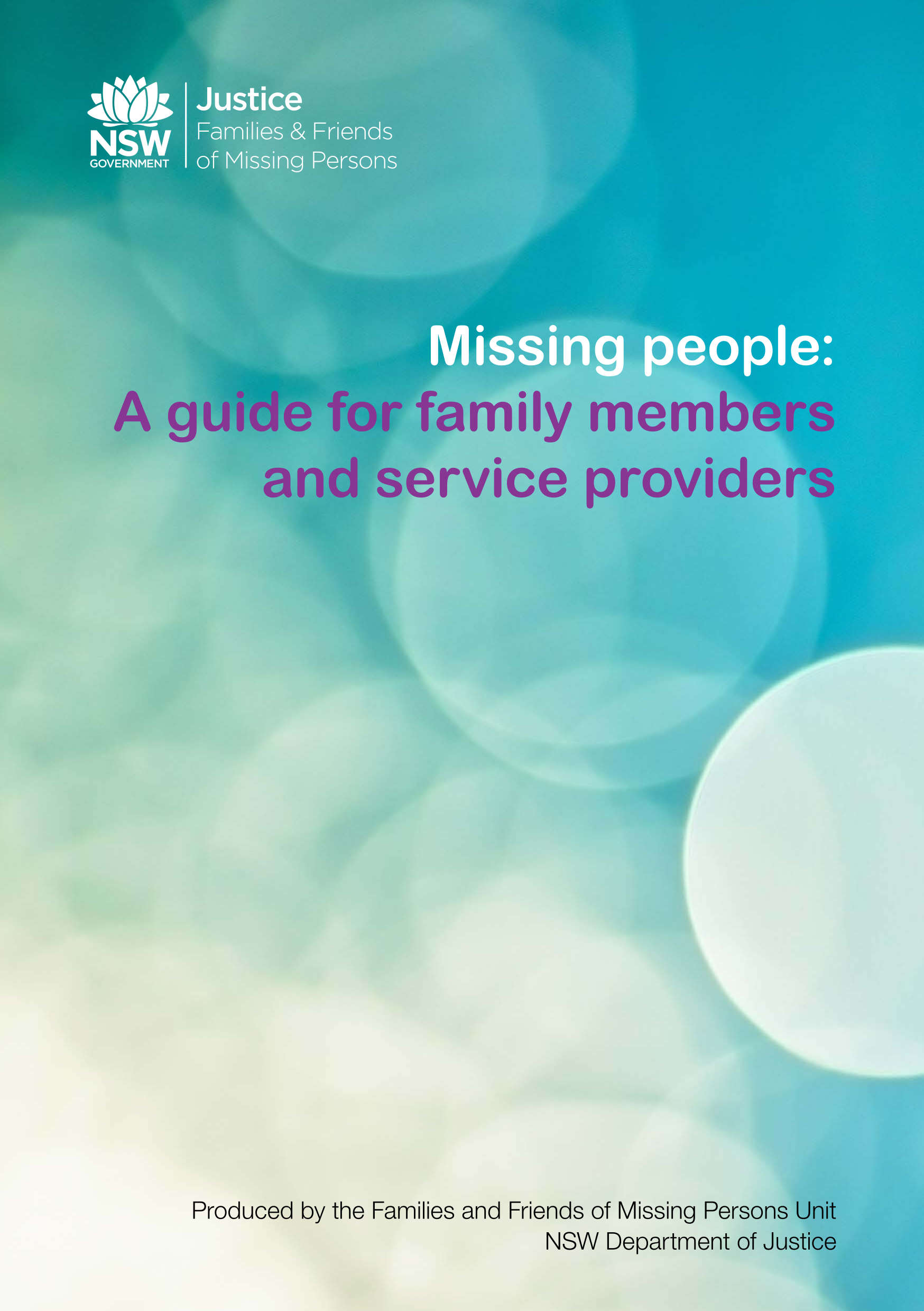Human trafficking (HT) is often seen as sexual exploitation that occurs internationally, but it can actually include a broad range of activities happening locally, between cities, or within a province. It can involve forced labour, romantic relationships with sexual exploitation, slavery/servitude, and associated crimes such as fraud. One of the difficulties in identifying the number of missing adults who are victims of human trafficking is that initially they may be believed to simply have runaway. Just as not all runaways are victims of human trafficking, not all victims of human trafficking are reported missing.
The primary goal of HT is to generate financial or material gain for the trafficker. Control over the victim is brought about by grooming, violence, isolation, deception or other coercive practices.
Public Safety Canada has identified several groups of individuals as being at risk of human trafficking. They are Indigenous women and girls, 2SLGBTQI+ persons, new immigrants, and the economically or socially disadvantaged. Migrant workers may be especially at risk due to factors such as working in rural or isolated areas, language barriers, lack of supports as well as a lack of knowledge of about their rights. A further complication is that victims are often hesitant to come forward for many reasons, including dependency on their traffickers.
Definition of human trafficking
According to the Criminal Code, human trafficking is the recruitment, transportation, transfer, receipt, harbouring/ concealment or control over the movements of a person for the purposes of exploitation (CCC 279.01 (1)). Within this context, movement can refer to freedom of living one’s life and/or geographic movement.
The Canadian Centre to End Human Trafficking has identified a number of warning signs that may point to a person who is a possible victim. These include:
- Being controlled by others (e.g., driven between locations, accompanied at all times, not speaking for themselves in public);
- Not having identification in their possession (e.g., passport, etc.);
- Not being able to freely contact family and friends;
- Having excess cash that is outside of their financial means and having hotel keys;
- Having no control over their own money or cell phone, among others.
Physical warning signs
Physical warning signs are those that may be outwardly visible to family and friends. These include:
- Branding with tattoos of the trafficker’s name or symbol;
- Dressing inappropriately for age or season;
- Bruises or signs of abuse – including malnutrition;
- Suddenly having expensive clothes, purses, shoes, nail services, among others.
Mental health or unusual behaviour warning signs
These warning signs are focused on changes in attitude or behaviour and may include:
- Acting unusually nervous, anxious, fearful;
- Showing signs of fear and intimidation through facial expressions or body language;
- Overly concerned about displeasing employer or partner;
- Being afraid of police or immigration services;
- Avoiding direct eye contact or having another speak for them, among others.
- Importance of knowing warning signs.
Importance of knowing warning signs
Knowing and recognizing the signs may help to prevent a loved one before they go missing. When reporting a loved one as missing to police, it is important to mention any signs of potential human trafficking that may have been present. In this way, knowing the circumstances surrounding a loved one’s disappearance may provide investigative leads that ultimately help to locate the missing person.
Whether human trafficking is part of your loved one’s life before or after going missing, it is important to know that there is support services available to everyone impacted with this crime.
If you believe someone you love is a victim of human trafficking:
- Call your local police or emergency services;
- Contact the Canadian Human Trafficking Hotline at 1-833-900-1010.
For more information about human trafficking, please visit the Canadian Centre to End Human Trafficking.
This document has been prepared by Ontario’s Missing Adults for general information purposes (05/23). No portion of this document may be copied or used without crediting the original source. Copyright Ontario’s Missing Adults.


